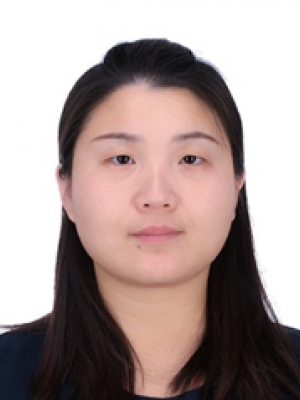Name: Jinjin ZHAO
Position: Post Docs
Office: Haiqin No.2 A226
Email: zhaojj58@mail.sysu.edu.cn
Areas of Interest:
- Planetary Science: Specifically focusing on the evolution of the Martian atmosphere, studying processes such as photochemical escape, isotopic fractionation, and the evaluation of atmospheric changes over time.
- Atmospheric Science: Investigating the dynamics and composition of planetary atmospheres, with a particular emphasis on Mars.
- Isotope Geochemistry: Utilizing isotopic ratios as tracers to understand geological and atmospheric processes on Mars, as well as evaluating the age of the Martian atmosphere.
- Exoplanetary Atmospheric Science: by establishing atmospheric evolution models, further exploration can be conducted to investigate the habitability and evolutionary characteristics of Earth-like planets.
Research Overview:
During her studies, Dr. ZHAO addressed two primary scientific questions related to the Martian atmosphere:
- How does photochemical escape influence the evolution of the Martian atmosphere? The research focused on four aspects: the photochemical escape rate, the impact of the photochemical escape process on coronal structure, the contribution of the photochemical escape process to atmospheric and water dissipation, and the fractionation effects of carbon (C) and oxygen (O) during the photochemical escape process.
- How can limited geological observational data of C and O isotopes, combined with various source-sink processes in the Martian atmosphere, be used to construct an isotope ratio evolution model and evaluate the evolutionary process of the Martian atmosphere?
To explore these scientific questions, Dr. ZHAO developed one-dimensional and three-dimensional Monte Carlo escape models to simulate the photochemical escape and evolution of the Martian atmosphere. The key innovations of her doctoral research include:
- Construction of photochemical escape and coronal structure models for the early Martian atmosphere, providing more reliable research tools for investigating its early evolution.
- Simulation analysis based on the developed models revealed that the photochemical escape rates of oxygen and carbon in the Martian atmosphere do not exhibit a monotonic increase in response to solar extreme ultraviolet radiation. Additionally, the research highlighted the indispensable contribution of secondary high-energy particles to atmospheric escape on Mars.
- The simulation results of the model provided insights into the isotopic fractionation coefficients of oxygen and carbon during the photochemical escape process. Furthermore, Dr. ZHAO utilized the isotopic fractionation effect of carbon to evaluate the age of the Martian atmosphere.
Overall, Dr. ZHAO’s doctoral research significantly contributes to understanding the photochemical escape and evolutionary processes of the Martian atmosphere through the construction of escape models and the simulation of photochemical escape and atmospheric evolution.
Outline of future research plans:
- Refine and Expand the Coronae Model of Mars and study the interactions between Martian Coronae and inter-space environments, such as ENAs.
- Refine and Expand the Atmospheric Evolution Models to include a wider range of Earth-like planets with varying characteristics

